Bilanghoy (Waray term for cassava) was once considered a “lowly” crop and cultivated mainly by smallholder farmers for food consumption. It is an alternative staple food for Filipinos, especially in rural areas, other than white rice, corn, kamote, etc. Aside from providing food and nutrition, bilanghoy’s economic contribution expands even outside the borders of food processing, traversing animal feeds, ceramics, bioethanol, medical, paper, and textile industries as well.In Southern Leyte where bilanghoy thrives well because of its ideal soil and climatic conditions, the Cassava Production Project was established in 2018.
Nevertheless, even in unfavorable environments, such as those having intermittent rainfall and poor soil condition, farmers cultivate the crop because of its profitability and low maintenance production.
Upon launching, Virginia L. Manuel, 63, and resident of Brgy. Fatima, Liloan, Southern Leyte, was selected as one of the farmer–beneficiaries of the project due to the prevailing poverty situation in the area. In fact, because of her family’s hard–up condition, she only reached 4th grade in the barangay elementary school. Thence, she helped her parents farm the tenanted lot they occupied.
In July 2018, Virginia, together with other project recipients, received four (4) sacks of high–quality planting materials and inorganic fertilizers (complete, urea, and Muriate of Potash).
Land preparation started in May 2018. The beneficiaries, including Virginia, immediately planted the cassava cuttings and then applied half of the fertilizers. The remaining half was applied three (3) months afterward. Not used to applying fertilizers to their crops, they immediately noticed the difference on the tuber bulking, a growth development stage in cassava planting.
Probably because of the farm’s high elevation, she did not encounter any problem with regard to pests and diseases. Hence, after nine (9) months, Virginia and her husband harvested twenty (20) sacks (40 kg/sack) of Singapore or kalibre (common names for cassava in So. Leyte). At the farm gate price of Php 20.00/kg, they sold some and earned Php 6,000.00. Presently, they are on their 2nd cropping.
The couple considered themselves fortunate for having been chosen as beneficiaries because cassava production did not require them to use meticulous production systems and tedious, expensive technologies.
Although her husband was the one trained on Rootcrop Production in Sogod, Southern Leyte, she attended the orientation about the program. Together, they were able to use their knowledge and skills, coupled with traditional farmer’s mores and practices, to successfully implement the project.
This newest development in their otherwise drab existence has led them to the realization that this once “poor man’s crop” has transformed their lives into a healthier and more prosperous one. ###
Writer: Michael Dabuet, SAAD RPMSO 8 Writer
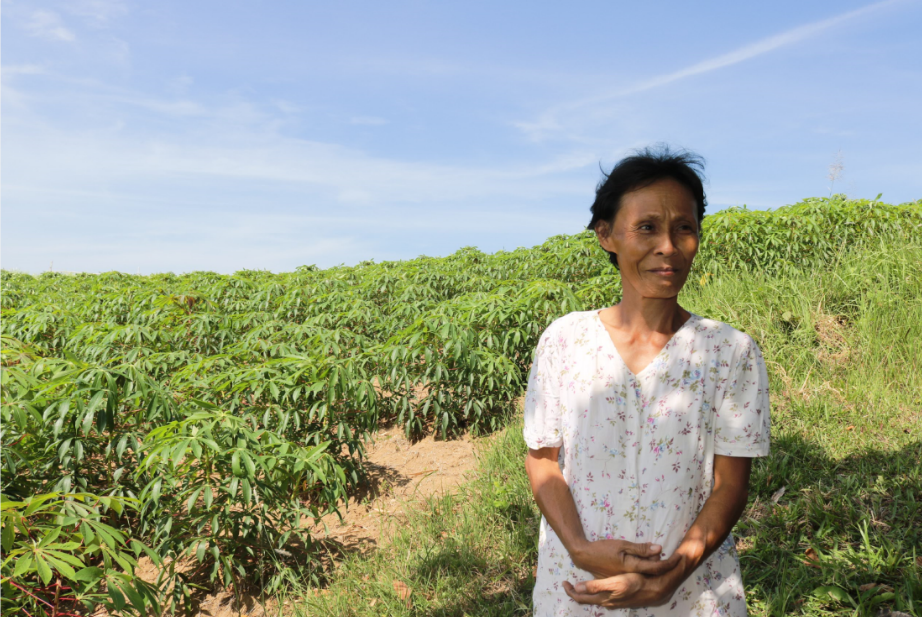

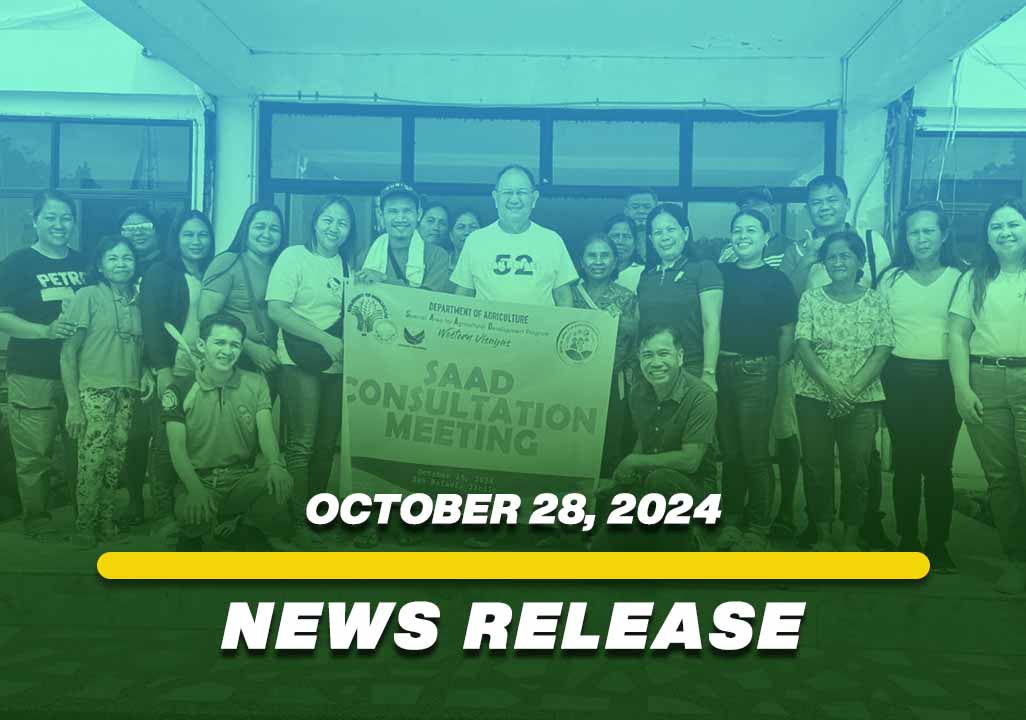
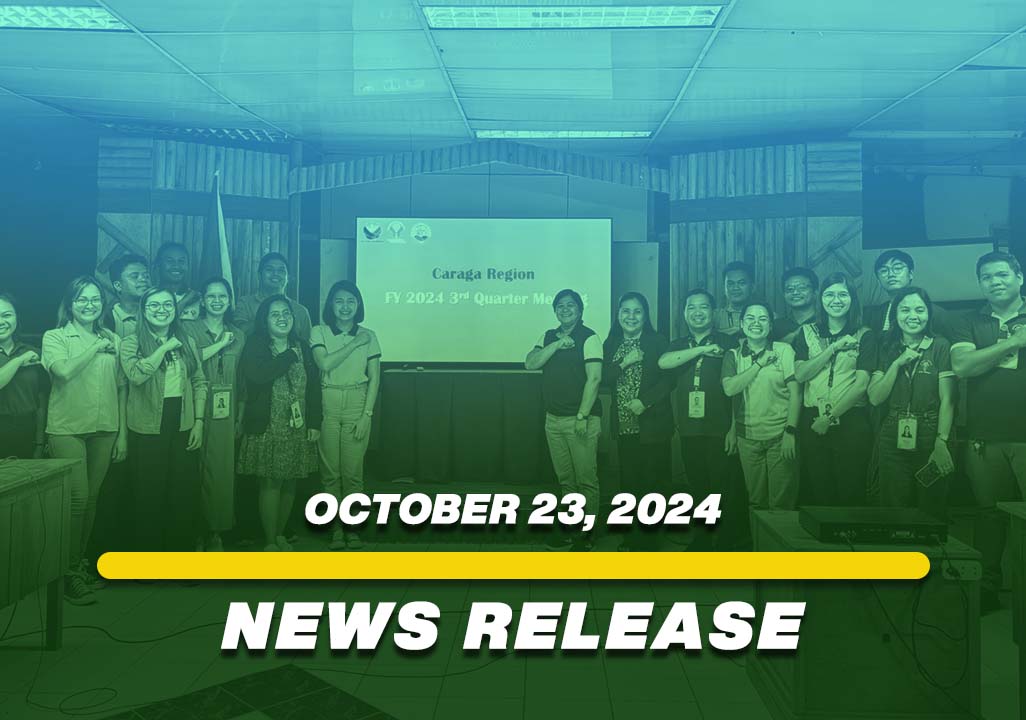
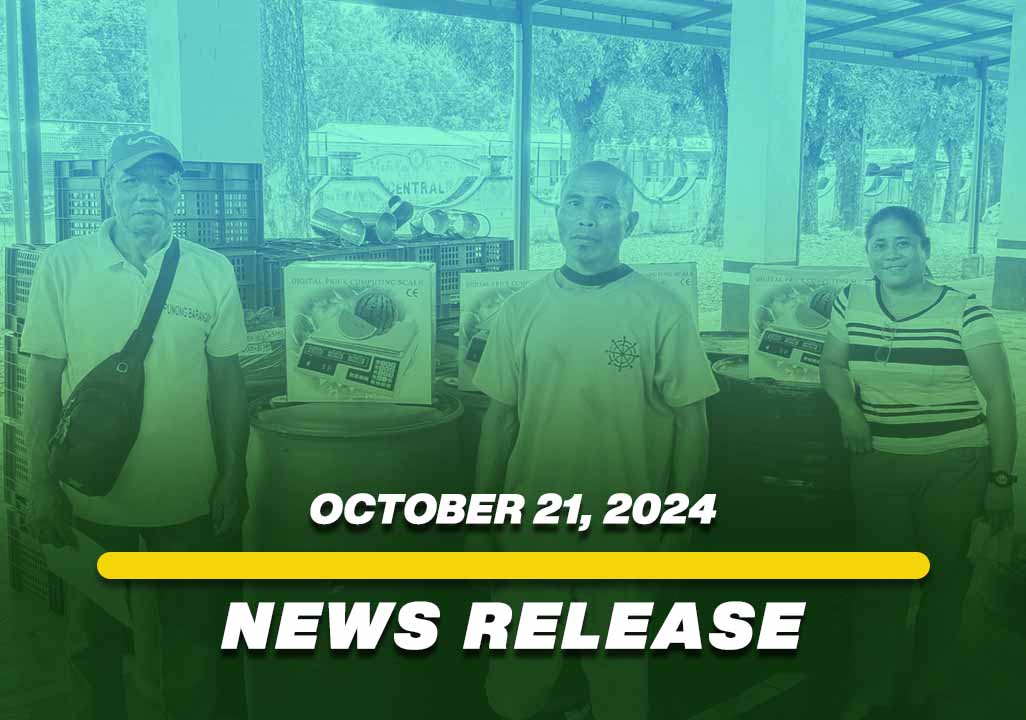
This Post Has 0 Comments